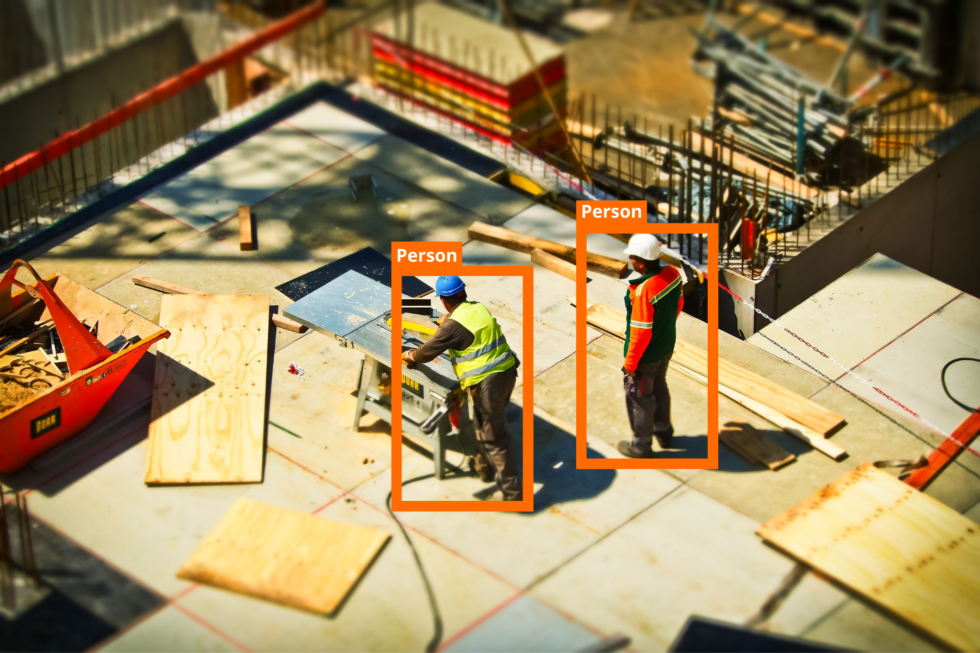The Application Significance of AI in Architecture
1. Overview of Artificial Intelligence
Artificial Intelligence (AI) has become one of the most dynamic fields in computer science and a buzzword across industries in recent years. Its core purpose is to perform tasks traditionally requiring human intelligence—such as robotics, natural language processing, and image recognition—through advanced algorithms and machine learning.
In the realm of architecture, AI technologies like deep learning, spatial syntax, and generative adversarial networks are increasingly being applied. While the construction sector adopted AI relatively late compared to other industries, its impact on architectural design, construction management, and safety is proving to be both transformative and indispensable.
2. The Significance of AI Applications in Architecture
2.1. Improving Efficiency
Traditionally, many building projects rely on conventional or CAD-based drawings. While these methods are cost-effective, they are also prone to errors during early-stage coordination and later construction, often leading to inefficiencies and material waste.
AI offers a smarter alternative. By integrating AI into the design process, architects can automatically generate diverse layouts based on simple keywords, enabling quicker discussions between designers and clients. This reduces the need for redrawing when renderings fail to meet client expectations.
On construction sites, combining AI with robotics and IoT allows real-time video data collection and analysis. Through deep learning, AI can support construction management—improving accuracy, reducing delays, and enhancing overall productivity.
2.2. Reducing Risks
Construction projects are inherently risky, with common issues such as improper operations, safety violations, and overlooked technical details. Mistakes like workers failing to wear helmets, inaccurate drawings, or missing embedded parts can lead to accidents and costly setbacks.

AI helps minimize these risks by monitoring and analyzing construction activities daily. It can compare on-site data with the original design model, quickly detect discrepancies, and issue timely warnings. Furthermore, AI-powered cameras can verify whether workers are wearing safety helmets correctly by learning the variations of proper usage through deep learning. This proactive monitoring not only reduces accidents but also enforces better compliance with safety standards.
- [THÔNG BÁO] – Lịch bảo vệ Capstone 1&2 (chỉnh thức) và Một số lưu ý quan trọng
- Giới thiệu khoá học IPv6 Address Planning Course (APNIC Academy)
- NHỮNG KĨ NĂNG CẦN THIẾT CỦA SINH VIÊN NĂM NHẤT TRONG THỜI ĐẠI CÔNG NGHỆ SỐ
- Hướng dẫn cài đặt Flask cho ứng dụng Python trên aaPanel
- CẢNG BIỂN VÀ CÁCH VẬN HÀNH CẢNG BIỂN


